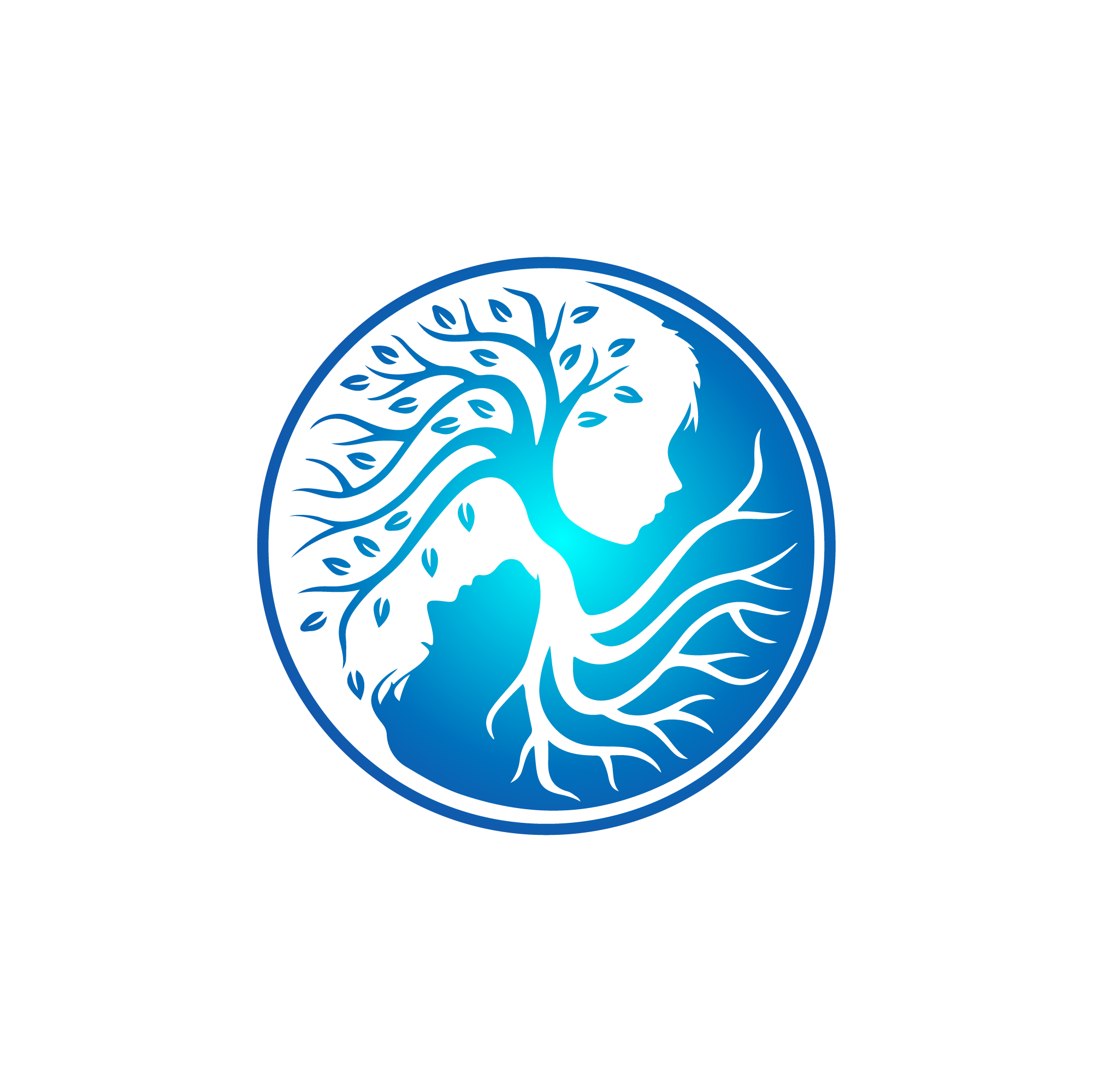What’s up? Patrick Lerouge here from Evolve Restorative Therapy. You can find me at livepainfreeprocess.com. I have a pain concierge practice that helps people eliminate pain based off of my live pain free process, which helps to eliminate pain physically step by step, clarify your mindset, get you thinking clearly, as well as balance out your emotional standpoint, which optimizes athletic performance, but I designed it for everyone to live and move pain free. This is the month of February. In the first week about sitting in the soup of what’s happening emotionally, mentally, and physically, we got you to start looking at things in a different way. Week two, we’re talking about how to clean up ankle issues. We’re going to work with the foam rolling mobility aspect of the ankle, getting the ankle to start learning how to move freely based off of foam rolling and the fascia system.
We’re going to go straight into the physical aspect of the body using foam roll. Foam rolling is going to be crucial within the movement capacity because the fascia system is the first restraint and layer we must clear. You have to get a muscle learning how to move because fascia is the casing around the muscle hindering movement. It could be for many reasons, like the fascia could be dehydrated, something that people don’t really think about often. If it’s not pliable, you’re always going to have an issue.
I want you to think about getting just this one tip. It’s all about getting your fascia system around your ankle, which is your calf, mainly to start allowing that sliding mechanism to work back and forth without much resistance. That’s all this is.
Foam rolling is all about angle versus weight load. It’s about getting you to do things in a proper manner, so I constantly see people just roll haphazardly, and they just run through the gambit of speed rolling. They run over the knee, and they just go where ever they feel tight, but they’re not actually doing anything.
The fascia system is like Elmer’s glue. It is very tacky, so you have to is warm it up. For the calf, you have to sit at a 90 degree angle, put the foam roller underneath you, and wait for a second. The weight load of your calf and the foam roller not really giving is what’s going to allow the contact that you need. Eventually, your calf is going to start allowing the foam roller to penetrate, and you’re going to start accessing the fascia system.
Another key mistake that people do is target the trigger points that are there. That’s where the trigger point roller device comes in. I call it a chaos device because it’s doing two different things. Trigger points are within the contractile unit of the muscle, and the fascia system wraps around everything, so it’s confusing to the body. If you just focus on thinking “I just need to move,” all you technically have to do is sit here and wait.
Once you wait, you will start feeling that protective layer saying, “Oh, wait. It’s okay.” You can actually start rolling the foot laterally toward the outside. You’re rolling the foot outside and rolling the foot inside. It needs to be at a very slow pace. You are rolling across one portion across the calf, and you’re going to feel some of those bumps. Keep focused on what you’re doing, then move down slightly.
As you come down further and further, you’re going to feel more hot spots. You can sit there and hold and wait, but don’t grind at it. Then, at the very, very end, point your toes, bring your toes up, and hold for a second. Slowly point your toe and hold your toe up. Then you can go back to going side to side because then you’re chunking parts of your calf and having your calf move more and more.
You’re going to notice your ankle tissue becoming more of a movable object because it no longer has the calf restricting it. The easiest way to check this is after you’re done, bring your toes up and then point your feet down. You’re going to notice that there’s a cleaner range of motion on the leg you just worked. There’s a subtle aspect to it that is just easier to move. You do that time and time again, your body will definitely start to kick over and start to move.
This is the other thing: Doing foam rolling for the calf could also alleviate some back pain because it’s going to give you more fascia movement throughout the whole posterior chain. It’s not just the ankle that we’re going to be working with, but it’s going to be working with the whole in general. This is all you need to get, foam rolling wise, to get the ankle to start moving.
Next week, we’re going to go over trigger points. The week after that is going to be stretching. Learning how to do all three of these together is what’s going to really piece your ankle back together and have you start to learn how to move it. That’s just one aspect of the bigger picture, right?
If you guys need any more help, just ask me. If you guys have any more questions, please give them up. If you need any extra help, go to the pain relief zone. I have videos. If you don’t see a video that can help you, just email me. I’ll make you one because that’s how they’re all coming together, right? I’ll see you next time. Bye.
Get a free PDF on 40 natural ways to eliminate pain go to:
http://www.livepainfreeprocess.com
For other pain relief videos go to:
http://www.evolvert.com/wp/pain-free-zone/
For a complete injury prevention system go to:
http://www.diyrestorativeplan.com/diy-restorative-plan/


